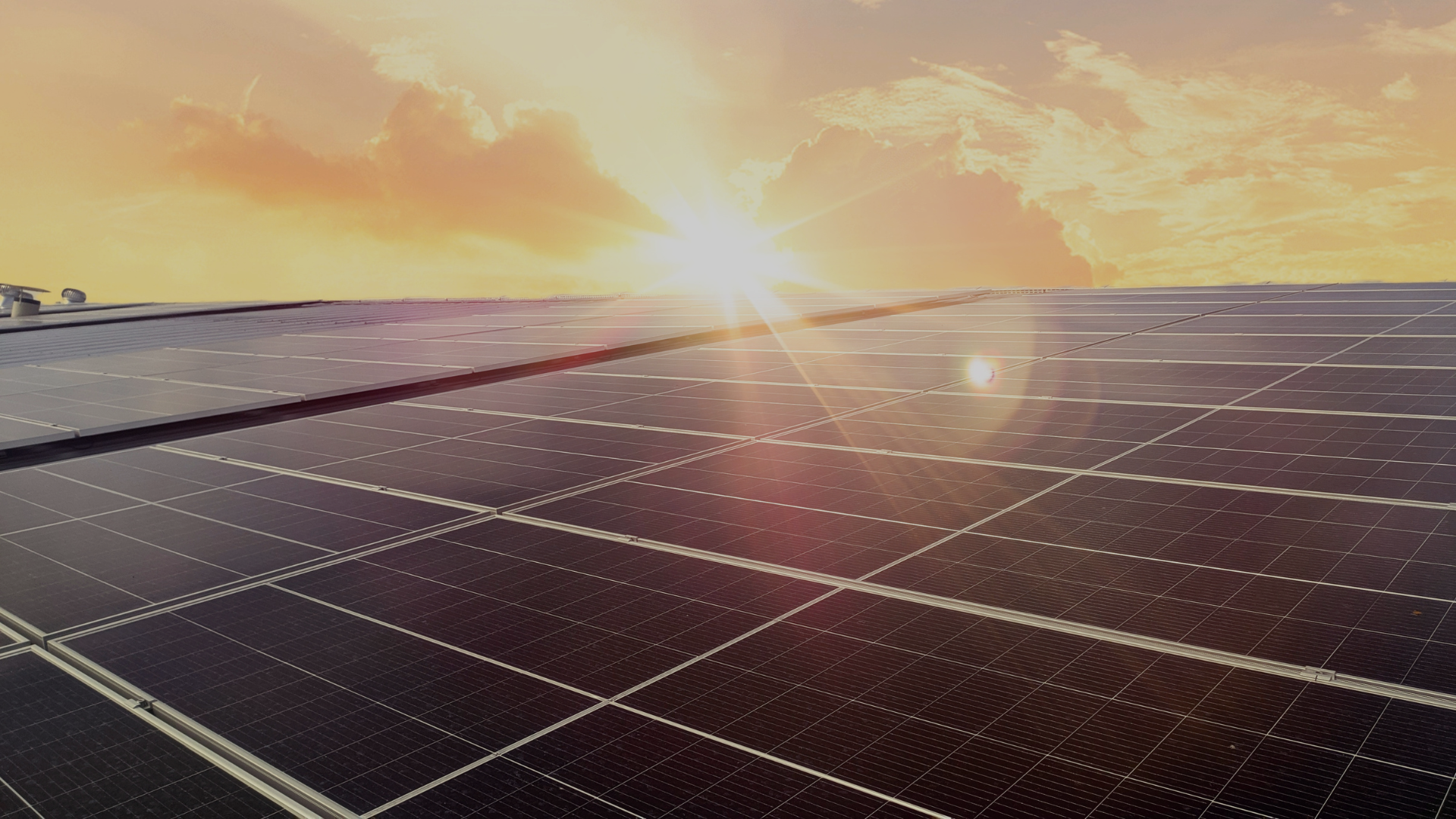We’ve seen impressive progress in the renewable energy sector in the last 10 years, with each innovation driven by a demand for more energy-efficient solar solutions.
Now, more than ever, scientists are asking: what technologies could maximise the energy production of our solar panels? How can we make solar more accessible in areas with adverse weather conditions?
The answer to these questions, and many more, lies in the inventions of scientists around the world. Learn exactly how solar technology is evolving for the better with Project Solar.
Perovskite
Researchers at Oxford University are on the way to revolutionising solar panel efficiency.
They have developed a thin, flexible material called perovskite, which can be applied to surfaces (including objects like cars and buildings). But what is the main goal of this study?
Scientists aim to push efficiency ceilings above the standard 22%. After 10 years of continuous development, the group has certified that its new technology can deliver over 27% energy efficiency — a record-breaking achievement!
However, the technology has a long way to go before it can be rolled out to homes and businesses. The researchers hope that one day, by integrating perovskite into existing photovoltaic technologies, they could reduce the need for large solar farms.
Tandem solar cells
Perovskite could also be a big part of this next innovation. Tandem solar cells are an advanced type of solar panel that combine two different materials to capture more sunlight.
Traditional solar panels use just one layer, typically made of silicon, to generate electricity. However, at present, these solar panels can only absorb a limited range of light.
Tandem cells stack two or more layers, with each layer designed to absorb different parts of the light spectrum. For instance, one may focus on capturing visible light while another captures infrared.
In a tandem setup, the top layer could be made of perovskite, as research has shown that this material works well with silicon. This brand-new design may allow panels to produce more energy from the same amount of sunlight!
UV-sensitive materials
UV solar technology is relatively new and underdeveloped, but it refers to solar panels that could potentially harness ultraviolet (UV) light to generate electricity.
While most traditional solar panels capture visible light, UV-sensitive materials absorb energy from a wider range of the light spectrum.
By integrating these materials into traditional solar panels, researchers hope to increase electricity production, even in low-light or cloudy conditions. However, there are still challenges with UV-sensitive materials.
Technologically, it’s difficult to create materials that can efficiently capture UV light without degrading over time.
Current materials have a short lifespan, which makes integrating them into solar panels unviable (as they would not offer the long-term performance associated with traditional solar panels, which is around 25–30 years!)
Then, there are the economic issues. The costs of developing these panels are higher than those of traditional silicon panels, which means widespread adoption will not be possible until researchers can manufacture these materials at a cheaper cost.
Anti-reflection coatings
Anti-reflection coatings (ARCs) reduce the amount of light reflected off the surface of solar panels. But how is reducing reflection a method of increasing efficiency?
When sunlight hits a solar panel, some of it is naturally reflected: this then reduces the amount of energy that can be converted into electricity.
ARCs make sure more light enters the solar cell for an instant efficiency boost! These coatings use thin layers of material with refractive properties to decrease light loss.
Studies have demonstrated that integrating ARCs on traditional solar panels can enhance efficiency by 11%! However, these advanced coatings come with challenges.
Although they offer excellent durability, they are more expensive to produce and apply. There is also evidence that certain environmental factors like dust and pollution can reduce their effectiveness.
Anti-soiling coatings
One solution to dirt accumulation on solar panels is anti-soiling coatings. If you live in a dry climate or area with high levels of air pollution, over time, soiling can significantly impact solar panel performance.
Anti-soiling coatings are specially designed materials applied to solar panels to prevent the build-up of dust, dirt, and other particles that can block sunlight (and, as a result, reduce the panel’s energy output).
The technology works by creating a surface that repels dirt, often through hydrophobic (water-repelling) properties.
When water hits the surface, it forms droplets that roll off, taking dirt and dust with them. Some advanced coatings also include self-cleaning properties, which can break down organic materials using sunlight!
Despite their obvious benefits, anti-soiling coatings aren’t a complete solution. Right now, these coatings come with high up-front costs, which can limit their widespread adoption (particularly in areas where soiling is not a significant issue).
Energy storage
The integration of energy storage systems with solar panels is becoming increasingly popular. These battery management systems (BMS) allow solar-generated electricity to be stored and used when sunlight is not available.
They play an important role in increasing solar panel efficiency by optimising how stored energy is managed and distributed.
Energy storage (typically in the form of lithium-ion batteries) works by capturing the excess energy produced by solar panels during peak sunlight hours. Without storage, any surplus energy generated would be sent back to the grid or wasted.
By storing this energy in batteries, homeowners and businesses can use it later! A well-designed battery management system makes sure the stored energy is used efficiently, monitoring the charge and discharge cycles to prevent degradation.
Before investing, homeowners must consider the upfront costs of installing batteries and the technological limitations of current storage systems. However, as battery technology improves, costs are expected to fall!
Join the Solar Takeover with Project Solar!
Current solar panels have an average lifespan of 25–30 years. These high-tech systems are incredibly durable, efficient and are only improving. You can support the UK’s Net Zero 2050 targets by joining the solar takeover today.
To learn more about our domestic and commercial solar panels, contact us.

